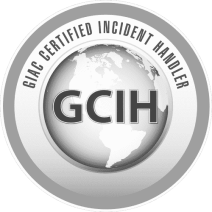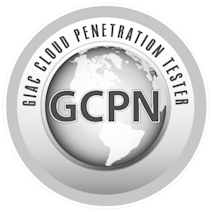CIS Page
CIS Benchmark Audit
Overview
A CIS Benchmark Audit achieves several important objectives related to cybersecurity and the overall security posture of an organization’s systems.
CIS (Center for Internet Security) benchmarks are a set of best practices and guidelines for securing computer systems, networks, and cloud providers. A CIS Benchmark Audit has over 100 secure configurations across the following categories:
Cloud providers (e.g., AWS, GCP, Azure, Oracle, Microsoft Office 365, Google Workspace)
Operations systems (e.g., Windows, Unix)
Server software (e.g., Web servers, Kubernetes, Databases)
Mobile devices (e.g., Apple, Android)
Network devices (e.g., Cisco, Palo Alto, Fortinet, Check Point)
Desktop software (Microsoft Office, Web browsers)
Contact Us
Have confidence that your infrastructure and sensitive information are safe by checking the status of your organization’s security and compliance posture against CIS benchmarks.
A CIS Benchmark Audit is conducted as follows:
1. Preparation and Planning:
Identify the scope and the requirements to get started
2. Benchmark Assessment Compliance:
Review the specific CIS benchmark documents relevant to the audited systems and platforms
Compare the configurations and settings of the assets in the inventory to the recommended benchmarks
Identify any deviations from the benchmarks and document them
3. Vulnerability Identification:
Analyze the deviations from the CIS benchmarks to identify potential vulnerabilities and security weaknesses
Assess the severity and potential impact of each identified vulnerability.
4. Documentation and Reporting:
Create detailed reports that include findings, deviations from CIS benchmarks and the identified vulnerabilities
Provide recommendations and remediation steps for addressing the identified issues.
Include evidence and supporting documentation for each finding
5. Verification and Validation:
After remediation, verify that the identified vulnerabilities have been addressed and configurations have been brought into compliance with CIS benchmarks
Validate that the implemented changes do not introduce new security issues
Certifications
CIS Benchmark Audit Service Highlights
AWS
Identify misconfigured IAM policies, incorrect S3 bucket permissions, and overly permissive security group rules.

Azure
Precisely identify issues like permissive network security group rules, incorrectly configured Azure Storage access, and misconfigured Azure Active Directory policies.

GCP
Determine concerns such as overly permissive firewall rules, improper Google Cloud Storage bucket permissions, and incorrectly configured Identity and Access Management (IAM) roles in GCP.

Microsoft Office 365
Locate issues such as, but not limited to, improperly configured user permissions, lackluster email security settings, and vulnerabilities related to SharePoint and OneDrive configurations.
Google Workspace
Address concerns like improperly configured user access controls, inadequate email security settings within your organization, and vulnerabilities related to both Google Drive and shared documents.
Windows and Imox
Find misconfigured user permissions, lacking system settings that may be putting your organization at risk, and vulnerabilities associated with the OS.

iOS and Android
Pinpoint issues such as insecure app permissions, insufficient data encryption, and vulnerabilities related to mobile application configurations.

Kubernetes
Offer remediation opportunities for misconfigured pod security policies, deficient network segmentation, and vulnerabilities associated with Kubernetes cluster configurations.
Why conduct a CIS Benchmark Audit?
Identify gaps in configurations where convenience over security exists
Enact proactive measures for robust protection
Ensure that findings are determined by risk ratings instead of a pass or fail
Favor high-risk issues over medium and low-risk ones for attention and action
Payment Card Industry Data Security Standard (PCI DSS) Requirement 2
FISMA (S. National Checklist Program Repository)
Department of Defense Cloud Computing Security Requirements Guide
What People Say About Us
Download Resources

Cloud Penetration Testing Sample Report
Uncover vulnerabilities within your AWS, Azure, and Google cloud environments that can undermine your security posture with a comprehensive Cloud Penetration Test.
Download Sample Report
CIS Benchmarks
Explore the value of CIS benchmarks via the Center for Internet Security's official documentation.
Download ResourceFrequently Asked Questions
What are CIS benchmarks?
How are CIS benchmarks developed?
How often are CIS Windows benchmarks updated?
Featured Posts

June 12 - Blog
What is an Initial Access Broker?
What is an initial access broker? With the emergence of Ransomware as a Service, operators often rely on initial access brokers to obtain an initial foothold on the network. Learn more today.

May 31 - Blog
New Ransomware Technique Emerges: Fake Ransomware Support
A new ransomware scam uses fake tech support tricking victims into paying for their files back: a novel technique designed to socially engineer victims among a number of fake ransomware attacks.

May 23 - Blog
Attack Surface Mapping for Proactive Cybersecurity
What is the Attack Surface and why does it matter? This article outlines the process of Attack Surface Mapping to ensure a comprehensive and proactive cybersecurity program.
Industries & Roles We Help

Ready to get started?
There's simply no room for a compromise. We’re here to help. Our team works with yours to ensure you reach your full security potential.



